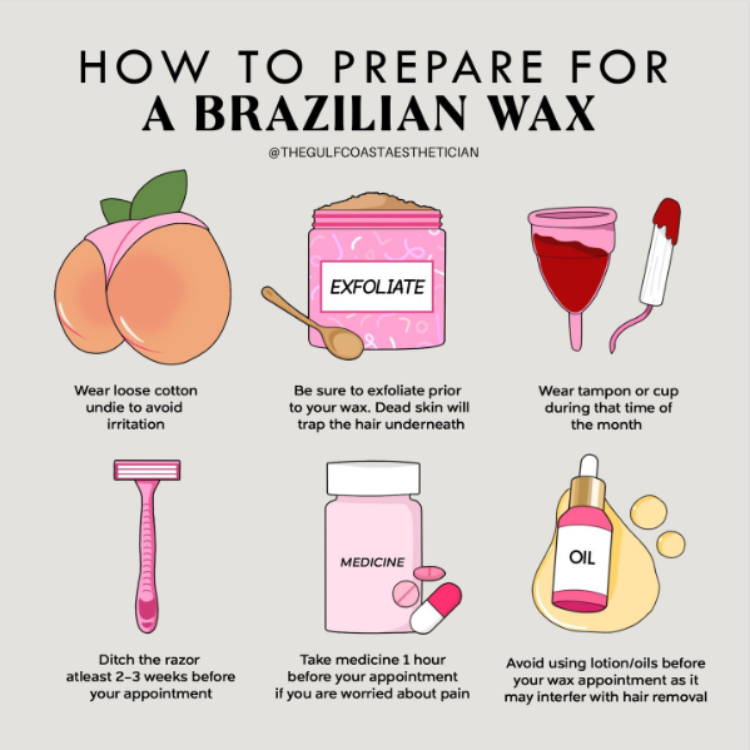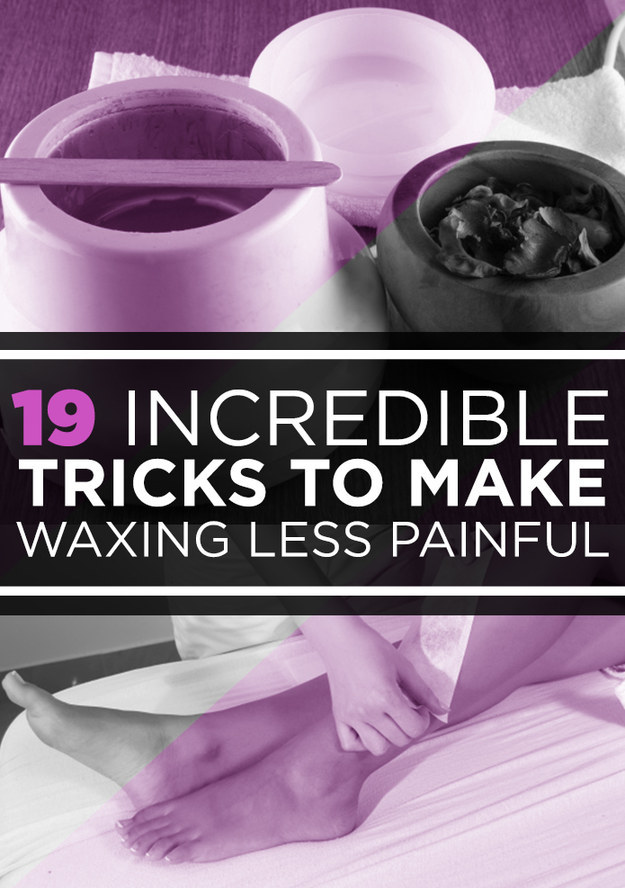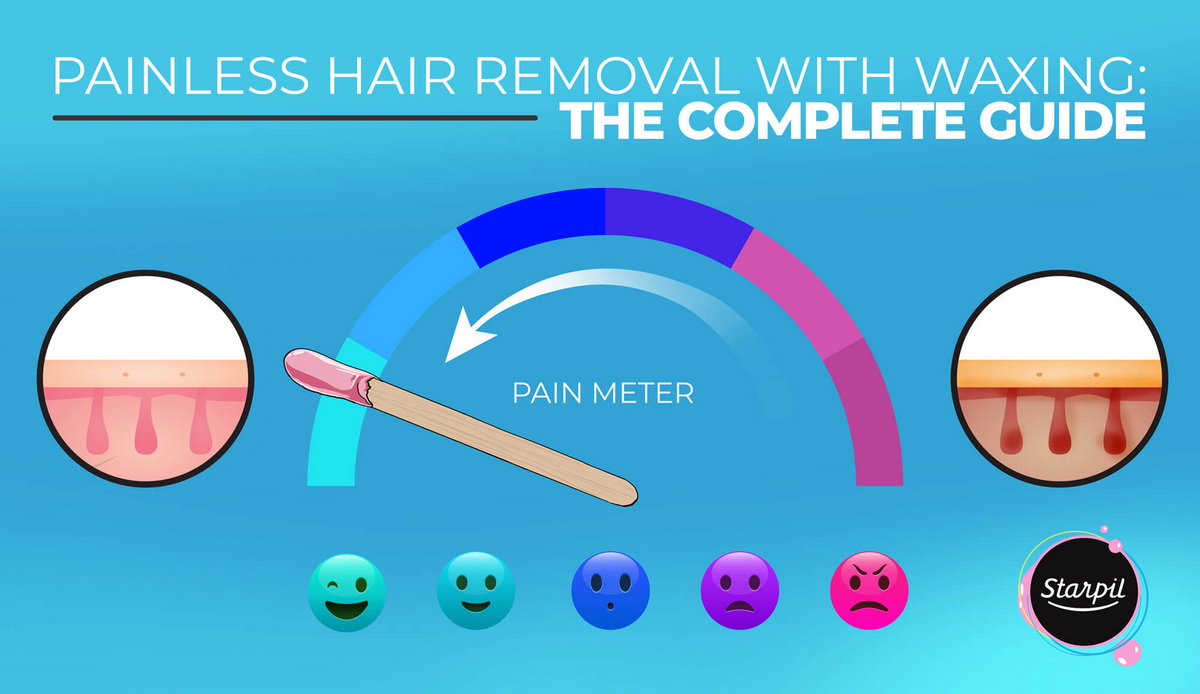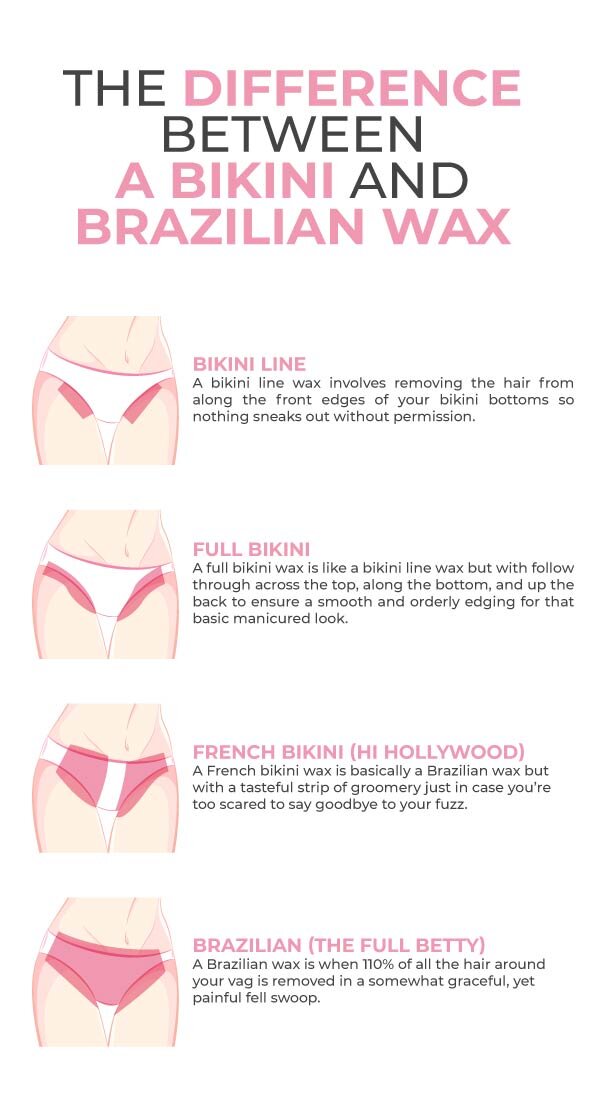Content Menu
● Introduction
● Preparation Tips
● During the Wax
● Aftercare Tips
● Additional Tips for Reducing Pain
● Understanding Hair Growth Cycles
● The Role of Skin Type in Waxing Pain
● The Importance of Professional Help
● Emotional Preparedness
● Aftercare Products
● Long-Term Benefits of Regular Waxing
● Common Myths About Waxing Pain
● Frequently Asked Questions (FAQs)
>> 1. How long should hair be for waxing?
>> 2. Can I wax during my period?
>> 3. How often should I wax?
>> 4. What's the best type of wax?
>> 5. Can I shave between waxes?
● Citations:
Introduction
Bikini waxing can be a daunting experience, especially for first-timers. The thought of ripping hair from sensitive areas may evoke anxiety and fear. However, with the right preparation and techniques, you can significantly reduce the pain associated with bikini waxing. This article provides comprehensive tips, tricks, and expert advice to help you achieve a less painful bikini wax experience.
Preparation Tips
1. Exfoliate the Area:
Exfoliating a day or two before your waxing session removes dead skin cells and helps prevent ingrown hairs. Use an exfoliating mitt or scrub to prepare your skin. This step not only makes the waxing process smoother but also allows the wax to grip the hair more effectively, reducing the need for multiple applications in the same area.
2. Avoid Caffeine and Alcohol:
These substances can increase your skin's sensitivity. Avoid them 24 hours before your appointment to minimize discomfort. Caffeine can elevate blood pressure and make your skin more reactive, while alcohol tightens pores, making hair removal more painful.
3. Take a Painkiller:
Consider taking ibuprofen or aspirin about 30-45 minutes before your appointment. This can help dull the pain and reduce inflammation. It's important to stay hydrated as well; drinking water keeps your skin plump and makes hair removal easier.
4. Choose the Right Time:
Avoid scheduling your wax during your menstrual cycle when your pain tolerance is lower. The week after your period is often ideal for waxing appointments.

During the Wax
1. Use Numbing Cream:
Apply a numbing cream to the area about 30 minutes before waxing. Products containing lidocaine are effective for temporarily numbing the skin, making the process more comfortable.
2. Breathe Deeply:
Deep breathing can help you relax and reduce pain perception. Focus on inhaling deeply through your nose and exhaling slowly through your mouth as the wax is pulled.
3. Communicate with Your Waxer:
Let your esthetician know if you're feeling uncomfortable or anxious. They can adjust their technique or provide reassurance to make the process smoother.
4. Hold the Skin Tight:
Your esthetician should hold the skin taut during waxing to minimize pain. This technique creates a stable surface, making hair removal easier and less painful.
Aftercare Tips
1. Wear Loose Clothing:
After waxing, wear loose-fitting clothing to avoid irritation on freshly waxed skin.
2. Avoid Exercise:
Refrain from intense workouts for at least 24 hours post-waxing to prevent irritation and sweat-related discomfort.
3. Moisturize:
Use a gentle, fragrance-free moisturizer on the waxed area to soothe the skin and prevent dryness. Aloe vera gel is particularly effective in calming irritation.
Additional Tips for Reducing Pain
- Hydrate Well: Drinking plenty of water keeps your skin hydrated, making hair removal easier and less painful.
- Keep Hair at the Right Length: Ensure that hair is about 1/4 inch long for effective waxing; too short may not be removed effectively, while too long can increase pain.
- Distract Yourself: Bring headphones and listen to music or a podcast during your wax to take your mind off the discomfort.
- Choose Hard Wax: Hard wax is typically less painful than soft wax because it adheres only to the hair rather than the skin, reducing irritation.
- Warm Shower Before Waxing: Taking a warm shower before waxing helps open up your pores and soften hair follicles, making hair removal easier.

Understanding Hair Growth Cycles
Hair grows in cycles—anagen (growth), catagen (transitional), and telogen (resting). Understanding this cycle helps in planning your waxing sessions effectively:
- Anagen Phase: This is when hair is actively growing; it's best for waxing.
- Catagen Phase: Hair stops growing; it's not ideal for removal as it may not come out easily.
- Telogen Phase: Hair falls out naturally; this phase means you might not have enough hair for effective waxing.
Keeping track of these phases will help you schedule your appointments optimally for minimal pain and maximum efficiency.
The Role of Skin Type in Waxing Pain
Different skin types react differently to waxing:
- Sensitive Skin: More prone to redness and irritation; requires extra care in preparation and aftercare.
- Oily Skin: May produce excess sebum which could affect how well wax adheres.
- Dry Skin: More likely to experience irritation; hydration before waxing is crucial.
Consulting with an esthetician about your specific skin type can help tailor recommendations for a less painful experience.

The Importance of Professional Help
While DIY waxing kits are available, visiting a professional has its advantages:
- Expertise: Professionals are trained to minimize pain through technique.
- Quality Products: They use high-quality waxes designed specifically for sensitive areas.
- Hygiene Standards: Professional environments ensure cleanliness which reduces infection risks post-waxing.
Emotional Preparedness
Mental preparedness plays a significant role in how we perceive pain:
- Mindfulness Techniques: Practicing mindfulness or meditation leading up to your appointment can help calm nerves.
- Positive Visualization: Imagine a successful session where you feel relaxed; this mental exercise can ease anxiety about pain.
- Support System: Bringing a friend along or discussing fears with someone who has experience can provide comfort.

Aftercare Products
Using specialized aftercare products can enhance recovery:
- Soothing Creams: Look for products containing chamomile or tea tree oil which have calming properties.
- Ingrown Hair Treatments: Regular use of these products post-waxing can prevent ingrown hairs from forming.
- Hydrating Sprays: These keep the area moisturized without clogging pores—essential for maintaining smoothness post-waxing.
Long-Term Benefits of Regular Waxing
Regularly scheduling bikini waxes leads to long-term benefits:
- Thinner Hair Regrowth: Over time, consistent waxing weakens hair follicles leading to finer regrowth.
- Reduced Pain Sensitivity: Many find that subsequent sessions become less painful as their bodies adapt.
- Smoother Skin Texture: Regular exfoliation as part of aftercare leads to healthier skin overall.
Common Myths About Waxing Pain
Understanding common misconceptions can also help alleviate anxiety surrounding bikini waxing:
- Myth 1: *Waxing is always extremely painful.*
While there is some discomfort involved, many find that following proper techniques significantly reduces pain levels.
- Myth 2: *You should shave between waxes.*
Shaving disrupts hair growth cycles and can lead to thicker hair regrowth, making future waxing sessions more painful.
- Myth 3: *You can't get waxed if you have sensitive skin.*
With proper care and communication with your esthetician, many people with sensitive skin can still enjoy waxing services comfortably.
Frequently Asked Questions (FAQs)
1. How long should hair be for waxing?
Hair should be at least 1/4 inch long for effective removal.
2. Can I wax during my period?
Yes, but it may be more painful due to increased sensitivity.
3. How often should I wax?
Every 4-6 weeks is recommended for maintaining smooth skin.
4. What's the best type of wax?
Hard wax is generally less painful for sensitive areas like the bikini line.
5. Can I shave between waxes?
No, shaving disrupts the hair growth cycle and can lead to a more painful experience during your next waxing session.
Citations:
[1] https://www.marieclaire.com/beauty/a26951140/prepare-brazilian-bikini-wax-less-pain/
[2] https://www.vidasleek.com/blogs/blogs/how-to-alleviate-pain-from-brazilian-bikini-waxing
[3] https://www.vibrantsalonandspa.com/post/bikini-wax-aftercare-the-dos-and-donts-for-perfect-skin
[4] https://brazilonthehill.com/pressit/12-tips-for-a-painless-brazilian/
[5] https://hisandherswaxing.com/basics-on-reducing-brazilian-waxing-pain/
[6] https://waxcenter.com/pages/brazilian-waxing-aftercare
[7] https://tresswellness.com/blogs/news/12-insanely-effective-tips-that-you-can-try-now-for-a-pain-free-waxing
[8] https://www.youtube.com/watch?v=1kLG9iWzjwo
[9] https://lovewellness.com/blogs/love-wellness/brazilian-wax-after-care
[10] https://www.barewaxspa.com/top-10-ways-to-make-waxing-less-painful/
[11] http://www.theremedyroom.co.uk/waxing-aftercare
[12] https://www.thewaxroomaz.com/blog/how-to-make-brazilian-wax-less-painful
[13] https://www.nakedcactusbeautybar.com/brazilian-wax-aftercare-101
[14] https://www.b-skin.com/tips-for-a-less-painful-brazilian-waxing-experience/
[15] https://www.waxingthecity.com/beauty-buzz/waxing-aftercare-the-complete-guide-to-post-wax-pampering/
[16] https://www.shape.com/lifestyle/beauty-style/we-found-secret-pain-free-brazilian-wax
[17] https://www.glamour.com/story/after-wax-care-tips
[18] https://tresswellness.com/blogs/news/aftercare-after-party-your-complete-guide-to-bikini-wax-aftercare
[19] https://utahbodyandsoul.com/10-incredible-tricks-to-making-waxing-less-painful/



































































